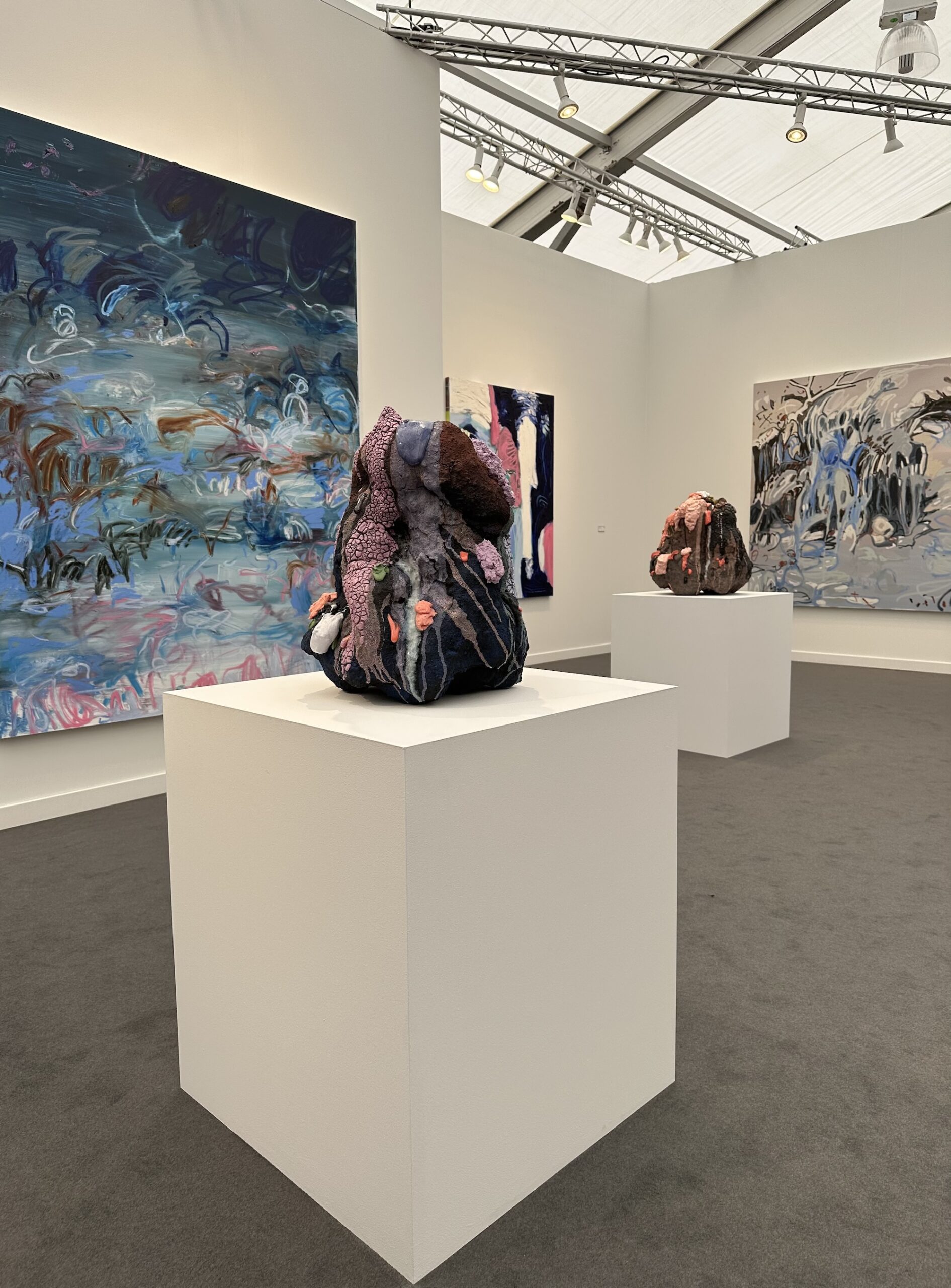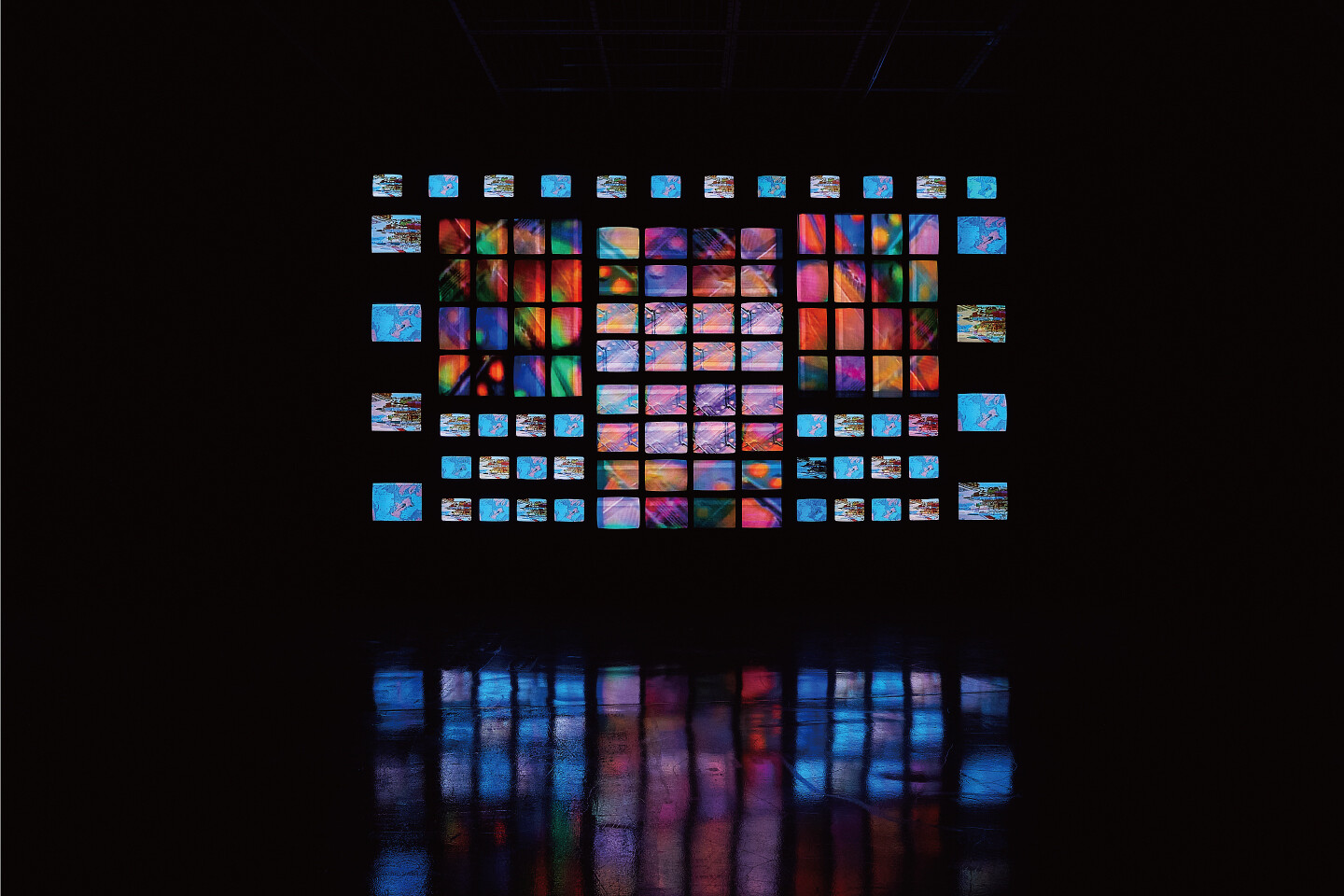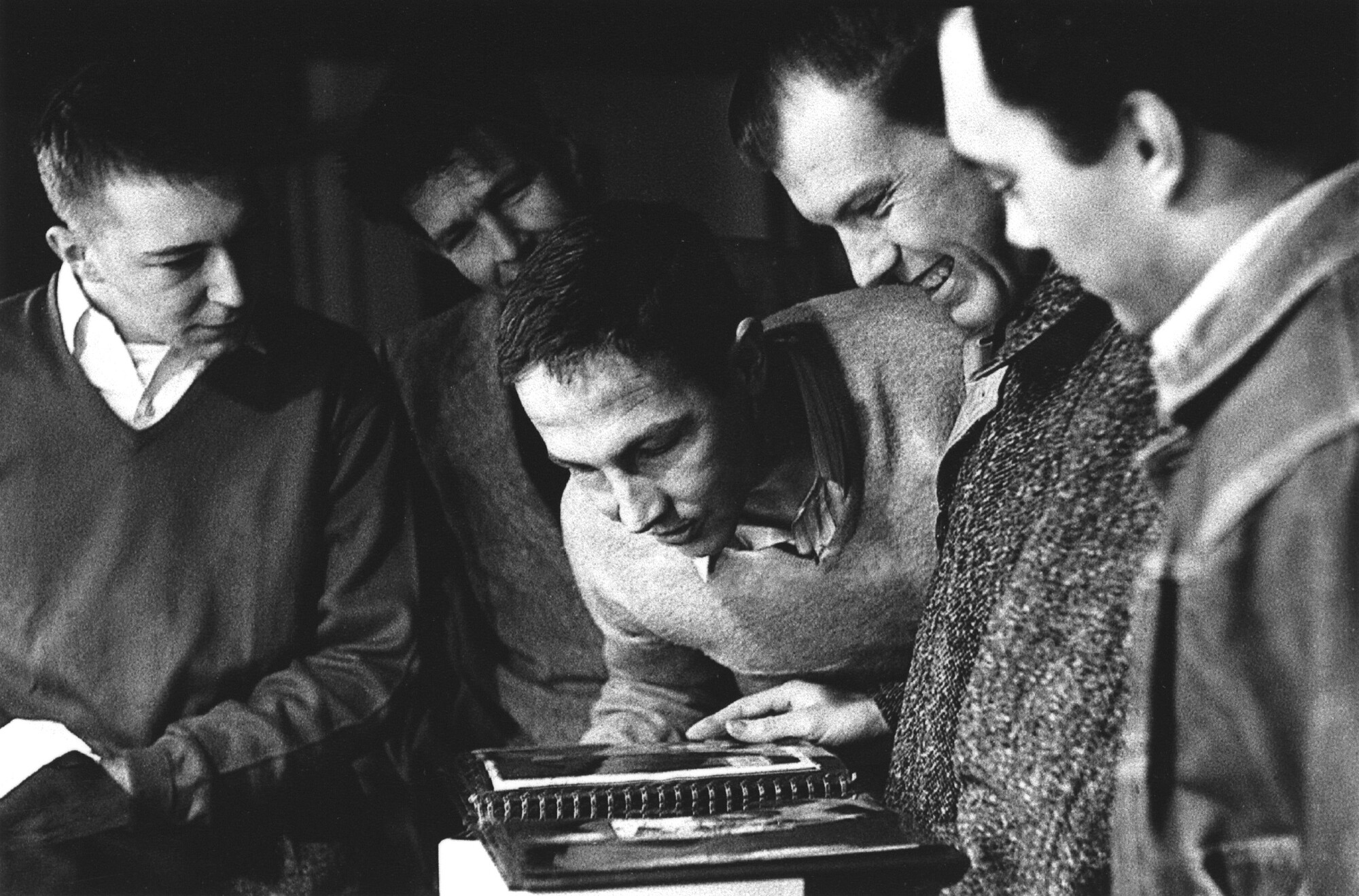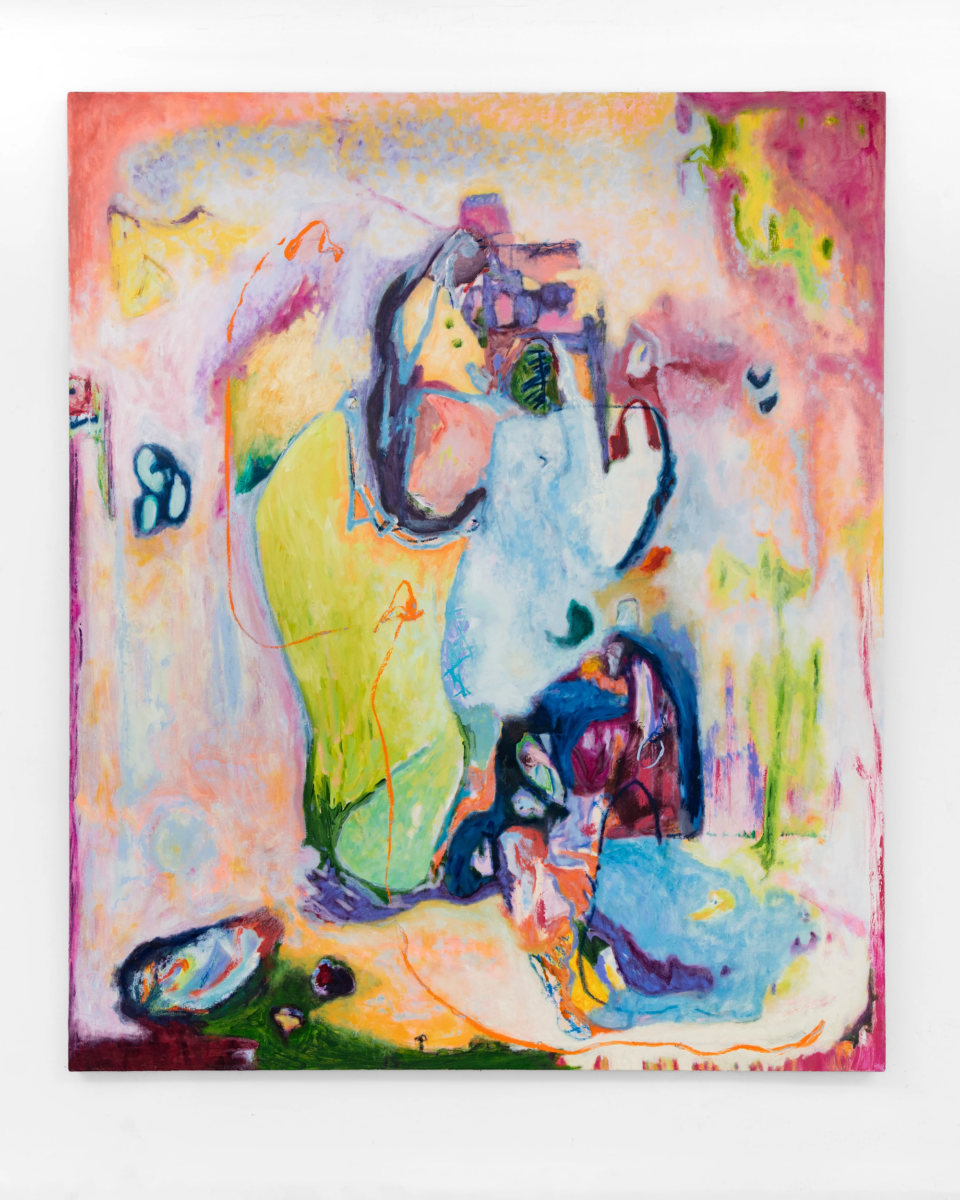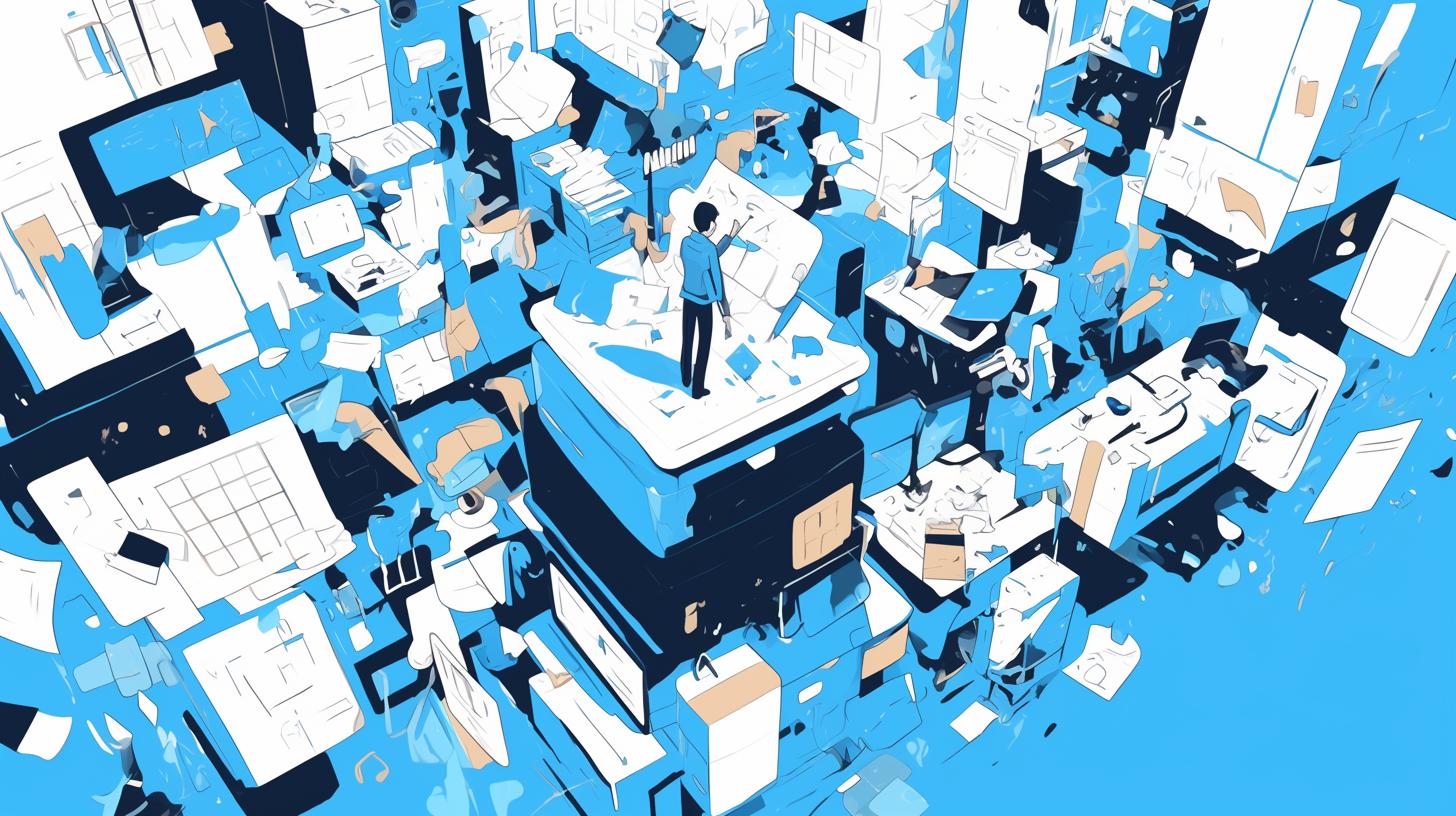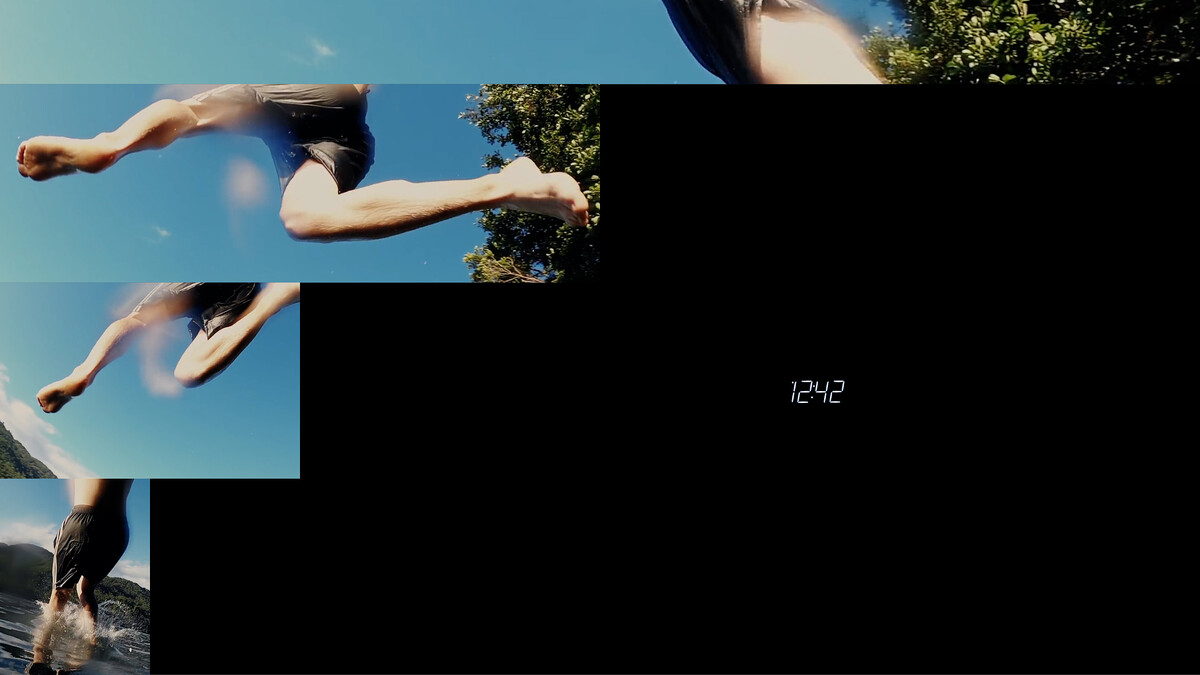
by jsendak | Feb 21, 2025 | Art
Thematic Preface:
Unveiling the Cultural Landscape: Frieze Los Angeles and the City’s Artistic Renaissance
As Frieze Los Angeles returns to Santa Monica Airport for its sixth edition, the city’s vibrant art scene takes center stage in an international dialogue. The convergence of creativity, commerce, and culture has woven a rich tapestry in the City of Angels, catapulting it into a global hub for artistic expression and innovation.
Los Angeles has long held a magnetic allure for artists seeking new frontiers. From the influential Ferus Gallery and the iconic works of Pop Art pioneers like Ed Ruscha, to the experimental art spaces that emerged during the 1980s and 1990s, such as the influential MOCA and The Geffen Contemporary, the city has been a breeding ground for groundbreaking artistic movements.
But it is in recent years that Los Angeles has experienced an unprecedented renaissance, solidifying its position as an epicenter of contemporary art. The city’s rise as a cultural powerhouse can be traced back to a series of pivotal events and factors that have shaped its artistic identity.
Firstly, the convergence of Hollywood’s glamorous film industry and the art world has fostered a symbiotic relationship, with artists drawing inspiration from the city’s cinematic history and celebrity culture. This creative cross-pollination has resulted in boundary-pushing installations, performances, and multimedia works that blur the lines between fine art, entertainment, and mass media.
Secondly, the city’s diverse and multicultural population has forged a fertile ground for artistic exploration. The rich tapestry of ethnicities and perspectives has influenced a new wave of artists, who address issues of identity, race, gender, and social justice through their work, challenging conventional narratives and elevating marginalized voices.
Moreover, the affordability of space in Los Angeles compared to other major art capitals like New York or London has attracted a wave of emerging artists, independent galleries, and nonprofit art spaces. This influx of creative energy has revitalized neighborhoods such as Downtown LA, Culver City, and Boyle Heights, transforming them into thriving artistic enclaves.
Against this backdrop, Frieze Los Angeles plays a catalytic role, offering a platform for established and emerging artists, galleries, and collectors to converge. With its unparalleled lineup of exhibitors, curated programs, and talks, Frieze Los Angeles acts as a microcosm of the city’s vibrant art scene, encapsulating its diversity, innovation, and global reach.
Through this article, we invite you to delve into the captivating world of Frieze Los Angeles and witness the pulsating heartbeat of the city’s artistic renaissance. From the captivating exhibits to thought-provoking conversations, join us in exploring the intersection of art, culture, and creativity in the enchanting landscape of Los Angeles.

As Frieze Los Angeles returns to Santa Monica Airport for its sixth edition, the city’s vibrant art scene takes center stage in an international
Read the original article

by jsendak | Feb 8, 2025 | Art

Thematic Preface:
Nam June Paik, Nam June Paik, and Nam June Paik:
Artistic creations have long been considered diverse and unique, each format seemingly distinct from the other. However, the works of Nam June Paik challenge this notion, highlighting the interconnectedness of artistic mediums and their ability to transcend traditional boundaries. As we venture into the world of Nam June Paik, we are invited to witness the experimental genius and captivating insanity that thrives within his creations, and there is nowhere better to experience this than the art museum.
Throughout history, artists have pushed the boundaries, redefining the very essence of what is considered ‘art.’ From Salvador Dali’s surrealist masterpieces to Andy Warhol’s iconic pop art, these trailblazers have left an indelible mark on our collective perception of creativity. And yet, it is Nam June Paik who emerges as one of the most innovative and influential figures in the realm of contemporary art.
Nam June Paik, a visionary artist born in Seoul, South Korea in 1932, embraced the possibilities offered by emerging technologies and ushered in the era of video art. He is widely regarded as the ‘Father of Video Art,’ a pioneering force who transformed television screens into expressive canvases, evoking emotions far beyond the limitations of two dimensions. His groundbreaking works challenged conventional artistic mediums, blurring the lines between technology and art, and redefining the way we perceive visual expression.
Paik’s creations are a testament to his relentless pursuit of the avant-garde. His performances, installations, and sculptures are infused with a sense of playful madness and deep social commentary. From his early collaborations with renowned artists such as John Cage and Joseph Beuys to his later explorations of satellite transmissions and robots, Paik consistently defied expectations and wrestled with the boundaries of artistic possibility.
In our contemporary age, where technology has become an inseparable part of our daily lives, Paik’s work resonates even more powerfully. His prescient vision of a world interconnected by screens and wires foreshadows our modern reality. Paik’s prophetic understanding of the global village finds relevance in our digital age, where information flows ceaselessly, and boundaries between cultures blur. Through his art, Paik anticipated the profound impact that technology would have on our collective consciousness.
Today, as we stand on the cusp of unprecedented technological advancements, the increased fusion of art and technology is both thrilling and daunting. Nam June Paik’s legacy serves as a guiding light, reminding us of the creative potential that lies within the convergence of these realms. The art museum becomes a sanctuary, a place where the experimental genius and craziness of Paik’s creations can be fully appreciated, offering us a glimpse into the limitless possibilities of artistic expression.
In this article, we delve into the visionary world of Nam June Paik, exploring the interconnectedness of artistic formats and celebrating the revolutionary spirit that continues to shape our understanding of contemporary art. Join us on this journey as we uncover the genius of Nam June Paik, forever etched in the annals of art history.

Nam June Paik, Nam June Paik, and Nam June Paik highlights the fact that all artistic formats are connected to one another and that the art museum is a good place to enjoy the experimental genius and craziness of Paik’s creations.
Read the original article

by jsendak | Dec 10, 2024 | Art

Thematic Preface: Unleashing the Power of the Past
As we traverse the intricate tapestry of time, our world becomes interwoven with the narratives and legacies of the past. Acknowledging and engaging with history is a fundamental facet of human existence, enabling us to comprehend our present and envision our future. With this in mind, the Robert Rauschenberg Foundation stands at the forefront, fostering a deep exploration of artistic and cultural innovation.
In commemoration of this enduring commitment, the Robert Rauschenberg Foundation is pleased to announce the fifth annual Archives Research Residency. This esteemed program brings together scholars, artists, and researchers to delve into the rich archival holdings, illuminating Rauschenberg’s iconic contribution to the artistic realm. By opening these archives to individuals from diverse disciplines, the Foundation seeks to inspire fresh insights, dialogues, and reverberations between the past and the present.
Harnessing the Past: A Tradition of Creativity
Anchored in the legacy of Robert Rauschenberg, this residency offers a unique opportunity to witness the artistic journey of a revolutionary figure. Rauschenberg, a seminal figure in the Pop Art movement of the 1960s, challenged conventions and pushed the boundaries of traditional artistic mediums. His avant-garde works merged painting, sculpture, photography, and even technology, defying the established norms of the art world.
To truly understand the immense impact Rauschenberg had on the art community, we must navigate through the historical implications of his creations. By placing the immense archives at the disposal of passionate researchers, the Foundation aims to illuminate not only the artist’s genius but also the social and cultural milieu that shaped his imaginative realm.
A Kaleidoscope of Insights: Embracing Diversity
This residency program is an open call to scholars, artists, and creative thinkers who share a commitment to uncovering the expansive narrative behind Robert Rauschenberg’s works. The Foundation encourages unconventional approaches, diverse perspectives, and interdisciplinary collaboration, all in the pursuit of reimagining the boundaries of creativity.
By fostering an inclusive atmosphere, the Archives Research Residency becomes an incubator for intellectual exchange, where participants from different walks of life converge to reinterpret Rauschenberg’s oeuvre. This eclectic mix of backgrounds and ideas ensures a vibrant tapestry of discussions, ripe with potential for groundbreaking discoveries of artistic truth.
Building Bridges, Inspiring the Future
Embedded within this residency lies the notion that the past is not confined to the annals of history, but an essential stepping stone towards the future. By tapping into the archives, the participants create a bridge that links Rauschenberg’s ingenious legacy with the contemporary art world, igniting new possibilities and inspiring future generations of artists and thinkers.
Together, we embark on a transformative journey, traversing the threads of time and propelling artistic exploration to uncharted territories. The Archives Research Residency is more than an opportunity; it is a testament to the power of the past, the potential of the present, and the enduring creative spirit that shapes our collective future.

The Robert Rauschenberg Foundation is pleased to announce an open call for applications to the fifth annual Archives Research Residency.
Read the original article

by jsendak | Nov 15, 2024 | Art
work for yourself. Dwyer’s artistic practice is fueled by a curiosity about the connections between the past and the present, as well as the ways in which historical references can be reimagined and playfully subverted.
In this article, we delve into Dwyer’s enigmatic body of work, exploring the central theme that runs through her art: the exploration of historical and contemporary references. Dwyer’s art acts as a bridge between the past and the present, inviting viewers to question their understanding of history and to see it through a fresh and unexpected lens.
Drawing inspiration from art history, popular culture, and personal experiences, Dwyer’s artwork is a visual tapestry that weaves together diverse elements. Her use of scale, for example, plays with our perception of space and immerses us in the artwork, much like the ambitious and larger-than-life works of modernist painters like Jackson Pollock or Mark Rothko.
Color serves as another key element in Dwyer’s artistic vocabulary. Vibrant and bold, her color choices evoke the energy and spirit of contemporary culture while also harkening back to the saturated palettes of Pop Art and the vivid brushstrokes of the Impressionists.
Materiality also plays a significant role in Dwyer’s work. By experimenting with unconventional materials, she adds depth and texture to her creations, challenging our expectations and subverting traditional artistic norms. Through her innovative use of materials, Dwyer reminds us that art is both a physical and sensory experience.
But perhaps most intriguing of all are the cheeky references that Dwyer embeds within her art. Like hidden Easter eggs, these references invite us to join the artist in her playful game of discovery. Drawing from pop culture, literature, and historical events, these hidden gems add layers of meaning to her work and encourage us to dive deeper into the narratives she constructs.
As we delve into Dwyer’s artwork, we will encounter a world where past and present collide, where historical references are reimagined, and where playful subversions challenge our preconceived notions. Join us on this journey as we unravel the enigmatic threads that make up Sarah Dwyer’s artistic tapestry.

Sarah Dwyer is always playing, whether it is with scale, color, material or subject matter—but you’ll have to discover the cheeky references in her
Read the original article

by jsendak | Sep 25, 2024 | Art

The Intersection of Art and Finance: A Spotlight on Contemporary Art at Artissima 2024
As innovation and globalization continue to shape our world, the art market has become an arena where creativity and finance converge. Artissima 2024, Italy’s premier fair dedicated to contemporary art, exemplifies this intersection. Supported by its Main Partner, Intesa Sanpaolo, Artissima showcases a curated selection of galleries and artists who push the boundaries of artistic expression.
Contemporary art, defined by its immediacy and relevance, reflects the cultural, social, and political dynamics of our time. With its 31st edition approaching, Artissima reaffirms its commitment to give voice to artistic visions that challenge conventions and provoke discourse.
A Historical Context: The Rise of Contemporary Art
The dawn of the 20th century witnessed a revolution in the art world, with avant-garde movements questioning traditional aesthetics. From the Cubist experimentation of Picasso to the Surrealist dreamscape of Dalí, artists aimed to dismantle the status quo and redefine artistic expression through the lens of modernity.
In the years that followed, art continued to evolve, responding to social upheaval, technological breakthroughs, and cultural shifts. The emergence of Pop Art, Minimalism, and Conceptual Art challenged the established notions of what art could be, incorporating everyday objects, unconventional materials, and provocative ideas.
Contemporary art, born out of this rich historical context, embodies the spirit of innovation and change. It reflects diverse perspectives and embraces a wide range of mediums, from traditional painting and sculpture to installation, performance, and new media.
Artissima 2024: Celebrating Creativity and Collaboration
Artissima 2024 brings together galleries and artists from around the globe, providing a platform for creative exchange and discovery. The fair showcases established figures alongside emerging talents, fostering dialogue between different generations and cultural backgrounds.
Supported by Intesa Sanpaolo, one of Italy’s leading banking institutions, Artissima recognizes the crucial role of finance in sustaining artistic production. This partnership demonstrates a shared belief in the power of art to stimulate economic growth, foster cultural dialogue, and drive social change.
Exploring Boundaries and Challenging Perspectives
Artissima 2024 promises to be a captivating journey through the world of contemporary art, inviting visitors to expand their horizons and engage with cutting-edge creations. The fair offers a space for critical reflection, where artists push the boundaries of their practice and viewers confront new perspectives.
“Art is not what you see, but what you make others see.” – Edgar Degas
Artissima, with its emphasis on contemporary art, invites us to see beyond the surface, to question, and to explore the diverse narratives that shape our world. In a time of rapid change and uncertainty, art provides a compass that guides us towards understanding and connection.
Join us at Artissima 2024 as we celebrate the transformative power of contemporary art and embrace the fusion of creativity and finance.

Artissima 2024—the only fair in Italy with an exclusive focus on contemporary art, produced with the support of Main Partner Intesa Sanpaolo—announces the galleries and the artists that will take part in its 31st edition, directed by Luigi Fassi.
Read the original article
